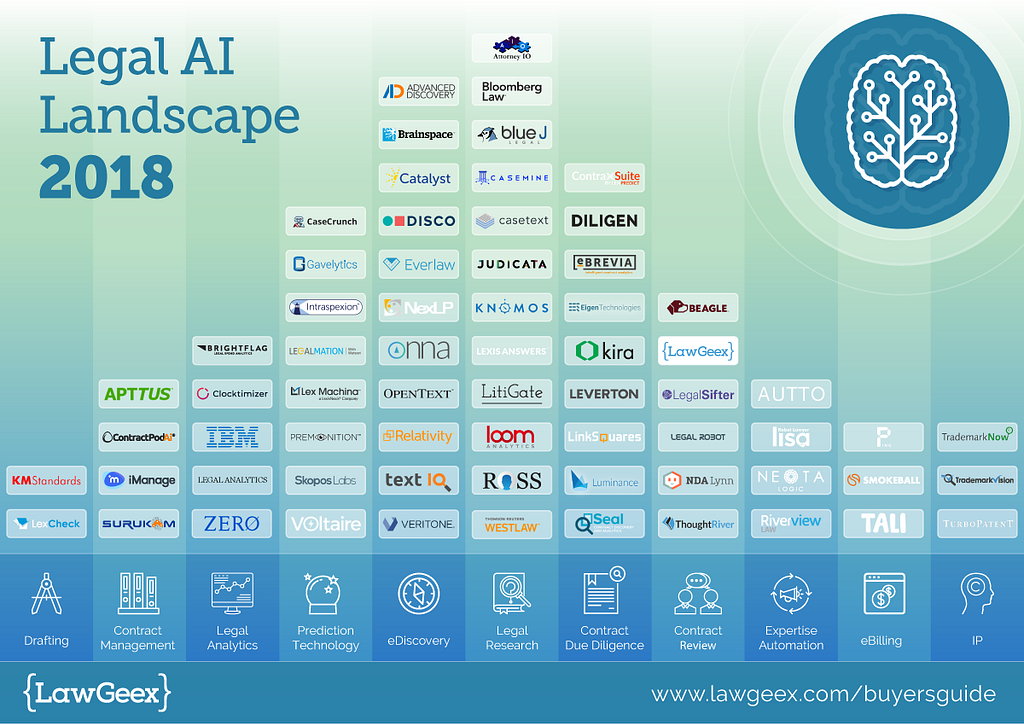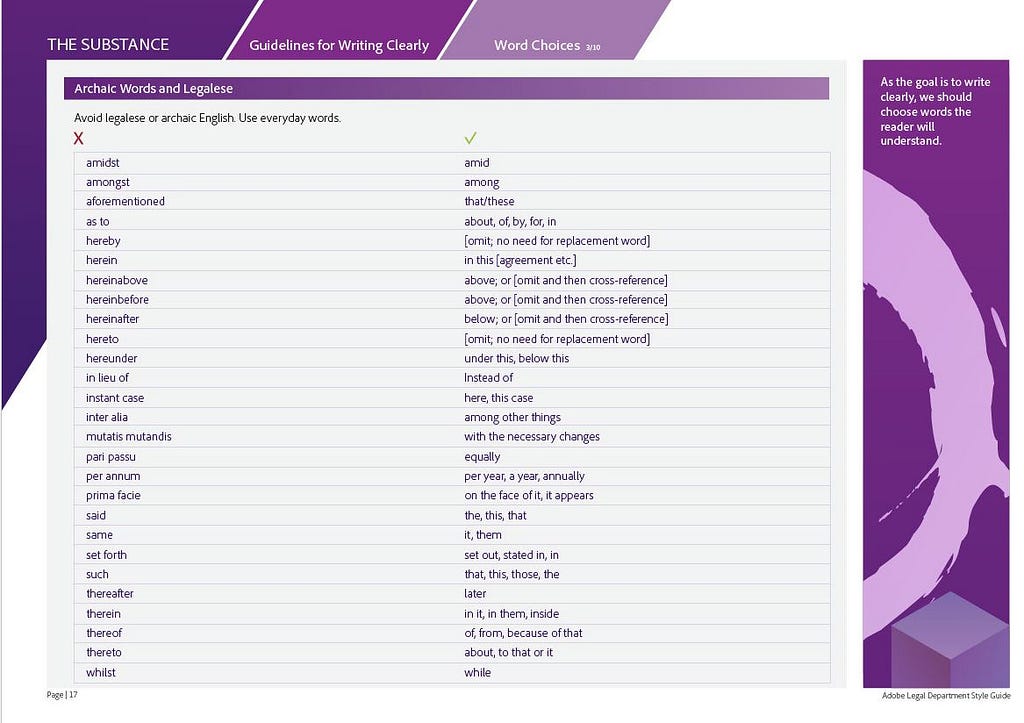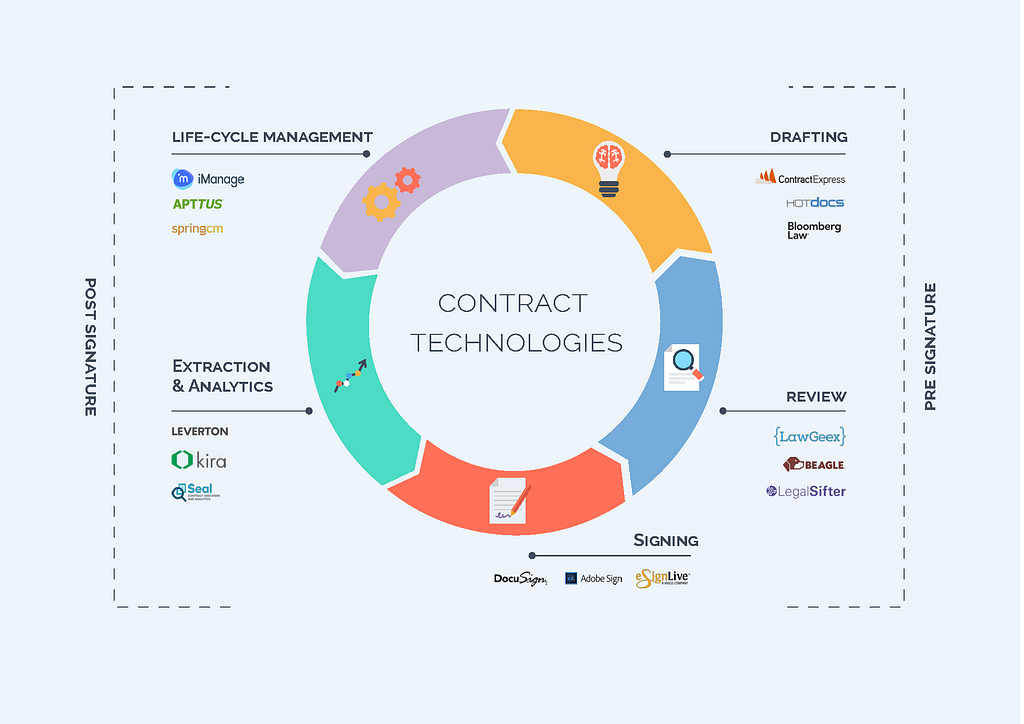Latest news about Bitcoin and all cryptocurrencies. Your daily crypto news habit.
Can Booming Legal AI Finally Destroy Legalese?
 There has been an increase of 65% in legal tech companies utilizing AI in 2018
There has been an increase of 65% in legal tech companies utilizing AI in 2018
In The Curious World of Legalese author Adam Freedman notes that so alien are lawyers’ word choices that Congress, has been engineering dozens of “plain language” bills to regulate them. Such reforms have long been stymied, though, because many lawyers counter-punch that the law is just too complicated to reduce to “simple” words.
In this context, we still have the legal jargon, mocked by writers like Dickens in the nineteenth century, in circulation. Professor Carl FelsenFeld, at Fordham University Law School, points to words such as ‘witnesseth’, ‘herein’, and ‘duly’ which are commonly used despite the fact they “add no meaning”. He adds that it is not easy for the lawyer to stop using this language because “it means shaking the effects of a linguistic tradition professionally reinforced over centuries.”
Enter AI and the big Legalese Shakeup
However, where other efforts have failed, advances in AI may prove the ultimate conqueror of Legalese. There has been a marked increase in legal AI companies (the current business players are shown in the above graphic) and $355million has been invested in legal AI companies in 2018 alone.
Like Douglas Adams’ Babel fish, many of these solutions are translating an incomprehensible language (confusing jurors and businesses equally) — into plain English. This is vividly demonstrated with the launch of an app this month by 21-year-old entrepreneur and computer science major at Stanford University, Joshua Browder, allowing ordinary people to sue corporations by cutting away all the jargon. DoNotPay, a free chatbot offers AI-powered legal counsel that can be used to “sue anyone by pressing a button”.
body[data-twttr-rendered="true"] {background-color: transparent;}.twitter-tweet {margin: auto !important;}
Big news! You can now sue anyone (in all 50 U.S states and 3,000 counties), fight corporations and beat bureaucracy with the DoNotPay App! All 15 of the new products are completely free. (1/15) https://t.co/JjH6I3ABjE
The chatbot works by cutting through the net of legalese, by asking you a series of basic intelligible questions about your situation and who you’d like to sue. It will then draw up the documents that you’ll need to send to the courthouse to become a plaintiff and will generate a script for you to read from if you need to attend in person.
In a recent study, it was found that AI can understand Legalese better than experienced lawyers. The study carried out by (the company I work at), LawGeex, in collaboration with top law academics at leading universities, involved exposing the AI to tens of thousands of legal documents. This taught the AI to understand the non-natural language of Legalese. Professor Yonatan Aumann lecturer at the Department of Computer Science at Bar Ilan University, and an advisor to LawGeex, says: “The AI’s mother tongue is Legalese. The algorithm can now identify concepts in such contracts even if they are worded in a way never seen before.”
Used at the pre-signature phase to decide if companies can sign everyday documents (think NDAs, service agreements, SaaS agreements), this AI native-speaker of legalese operates in a far more sophisticated manner than a blunt “keyword search.” Keyword searches can be over- and under-inclusive, as words may be absent from relevant documents, or present in irrelevant documents. True AI recognizes a concept however it is phrased, or wherever it appears in a document.
Legalese being attacked across the contract stages
Cracking legalese has become the holy grail when it comes to creating, reviewing and managing billions of contracts. Just as in the case of contract review (can I sign this?) it also applies to initial drafting of contacts (how do I draft this?). Companies such as Contract Express, HotDocs, and Bloomberg Law are researching new technology to achieve this, while Fortune 500 NetApp NetApp recently announced new AI technology for its legal department to create their contracts. This has been achieved through extracting pertinent information related to partnership agreements and uploading the information into the appropriate database. The company says it is 600 percent faster than their previously entirely manual processes.
The use of AI-busting legalese in the post-signature phase is also vital, to uncover relevant information, particularly in light of ever-changing compliance rules, from IFRS, Brexit or Europe’s new General Data Protection Regulation. It represents a huge opportunity: the Fortune 500 is spending a combined US$7.8 billion alone on its response to Brussels’ GDPR, equating to almost$16m for each company. One of the legal AI players in this space, Kira Systems recently raised $50 million, unpicking Legalese to improve the accuracy of contract data extraction and regulatory compliance. Kira can quickly review large volumes of legacy and third-party vendor contracts and highlight only the data that may be affected by a change. It involves plowing through thousands of clauses of legalese, reducing the time spent on document review by 20–90%.
The role of smart contracts
British-American computer scientist Stephen Wolfram points out that the technology-based approach to breaking the legalese code is nothing new. In fact, he says, Gottfried Leibniz, back in the late 1600s, sought to invent essentially computational concepts designed to turn all legal arguments into matters of pure logic that could potentially be resolved by a machine. But only today has technology caught up with law’s century-long head start in propagating legalese. Wolfram argues that with the advent of the blockchain, we are now close to writing a “computational contract that isn’t written in legalese but written in some computational intelligence language, which could actually be just executed by a computer if we chose to — as well as understood by humans”. In the words of another Hacker Noon contributor, and lawyer, Brett Cenkus: “the legal language needs to make its way into executable code”. Some early examples of so-called “smart contracts” include professional services firm EY, which has launched a smart contract and blockchain platform for the insurance sector with a focus on global shipping. This Includes the ability to create and maintain asset data from multiple parties, to link data to policy contracts, and to receive and act upon information that results in a pricing or business change. Insurance giant AXA has also launched self-executing contracts covering flight delays for consumers.
Calling time on Legalese
Legalese, it turns out, is not a victimless crime, making technology’s inroads even more important. According to the Association of Contract Managers annual benchmark survey, only 12% of lawyers think contracts are understandable and easy to read. Its perpetuation of confusing language is also bad for consumers. The average American reads at an eighth-grade level. The average online terms of service, privacy policy, and consumer contract are written at a college level or beyond.
Companies acting against Legalese
Technology providers are already benefiting from a new attitude from forward-thinking big businesses (many of them tech companies themselves). Michael Dillion, Adobe’s senior vice president and General Counsel, was forced to change all his contracts at the Fortune 500 company multinational software company. He said: “Unfortunately, the brand of the legal profession is tainted by the perception that our inkwells are filled with obfuscation” as he surgically removed words like “hereinabove”, “mutadis mutandis” and “thereto” from his legal team’s contracts.
 Ending Legalese: From the Adobe Legal Department Style Guide
Ending Legalese: From the Adobe Legal Department Style Guide
The bar has been set by Shawn Burton, General Counsel at GE Aviation achieved. He says: “I applied a litmus test: If someone in high school couldn’t pick this up and understand it without any context, it wasn’t plain enough”.
Witnesseth the Change
Technology, and AI, in particular, may provide a way to end to complex legalese once and for all. This new era is promising to make clearer and faster the tortuous process of the law and giving power back to those whose first language is not legalese. This breakthrough could help translate an otherworldly language into simple instructions and clearer processes we can all understand.
Jonathan Marciano is Communications Director at LawGeex
How AI Broke the Legalese Code was originally published in Hacker Noon on Medium, where people are continuing the conversation by highlighting and responding to this story.
Disclaimer
The views and opinions expressed in this article are solely those of the authors and do not reflect the views of Bitcoin Insider. Every investment and trading move involves risk - this is especially true for cryptocurrencies given their volatility. We strongly advise our readers to conduct their own research when making a decision.

